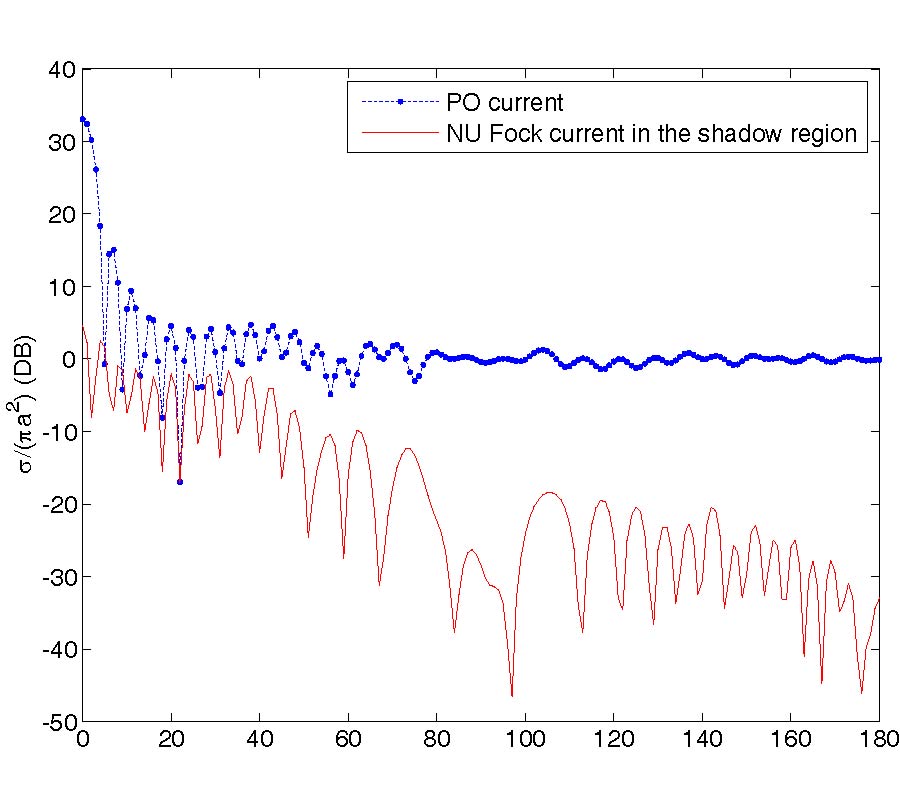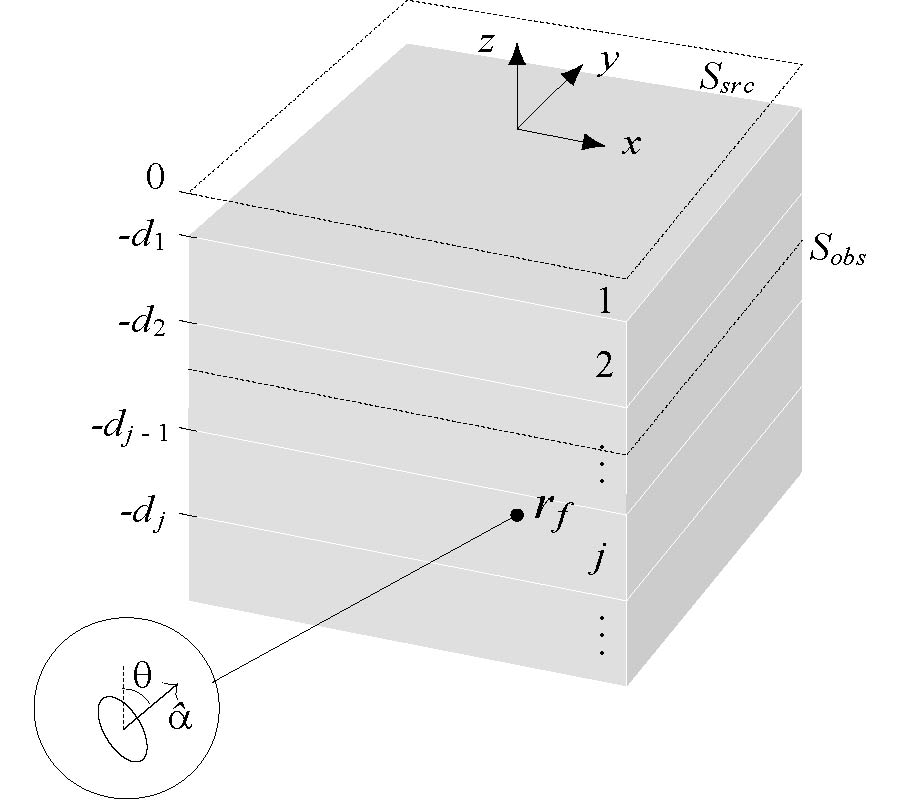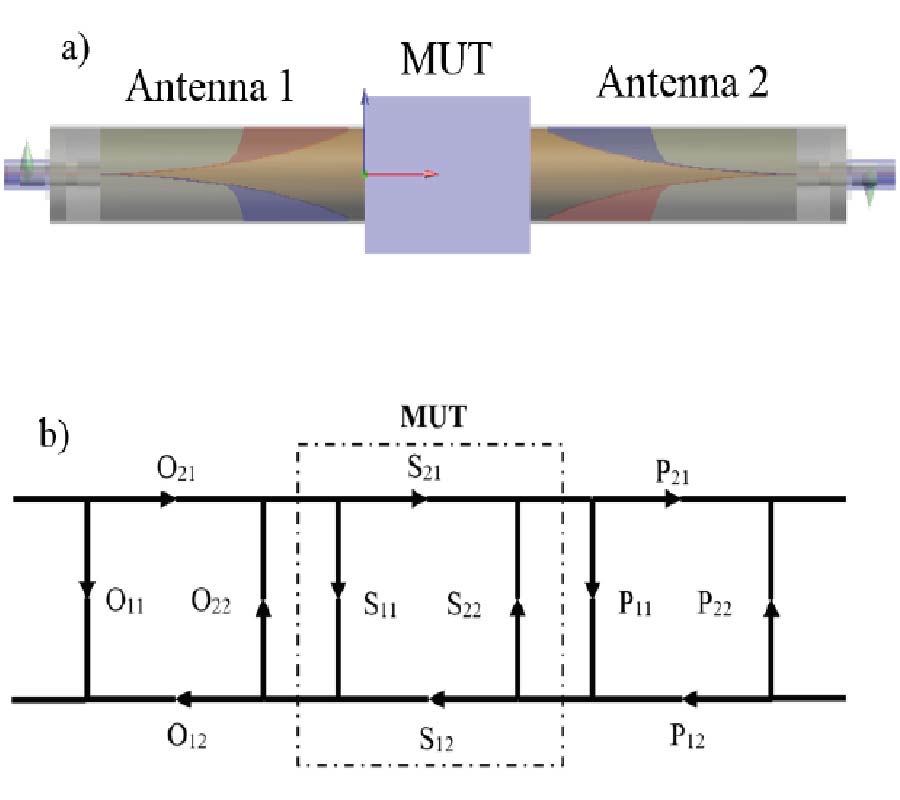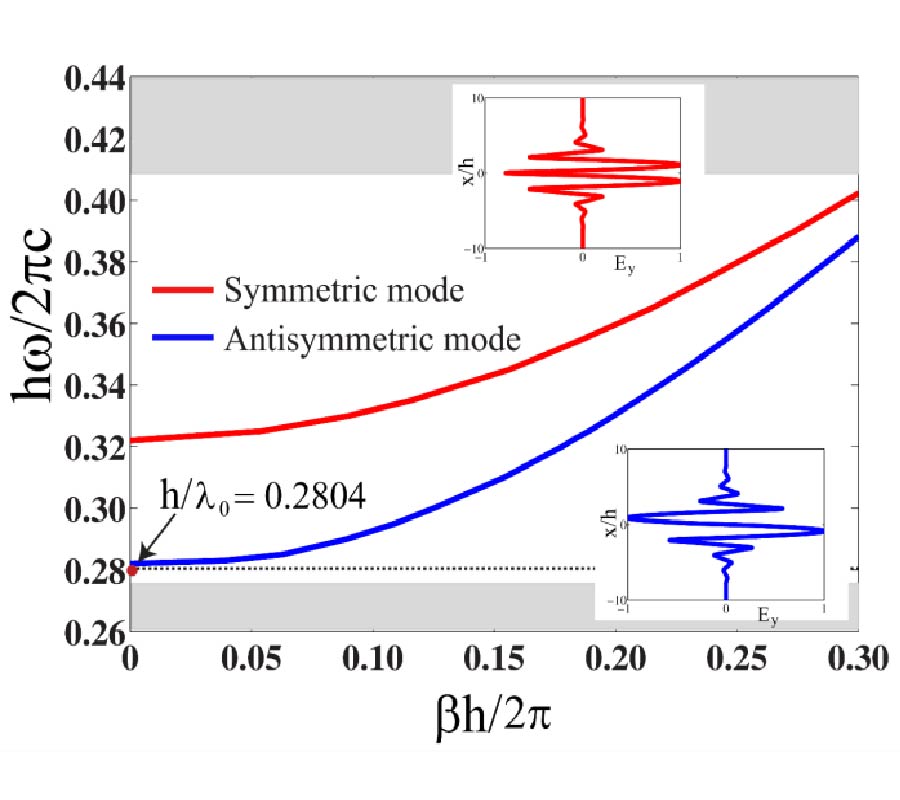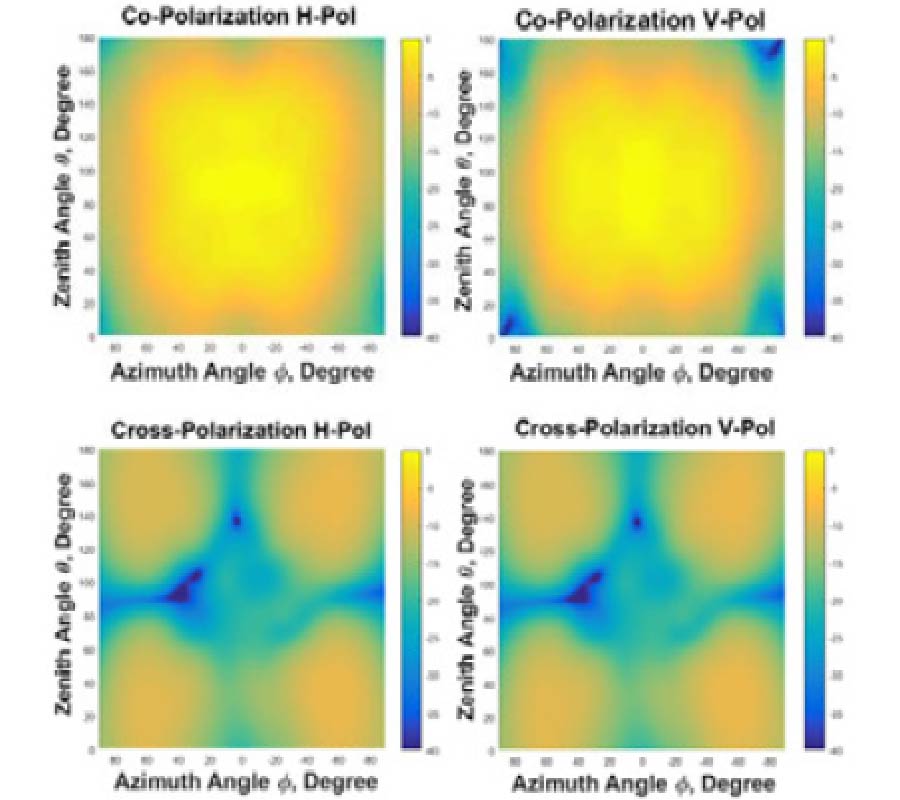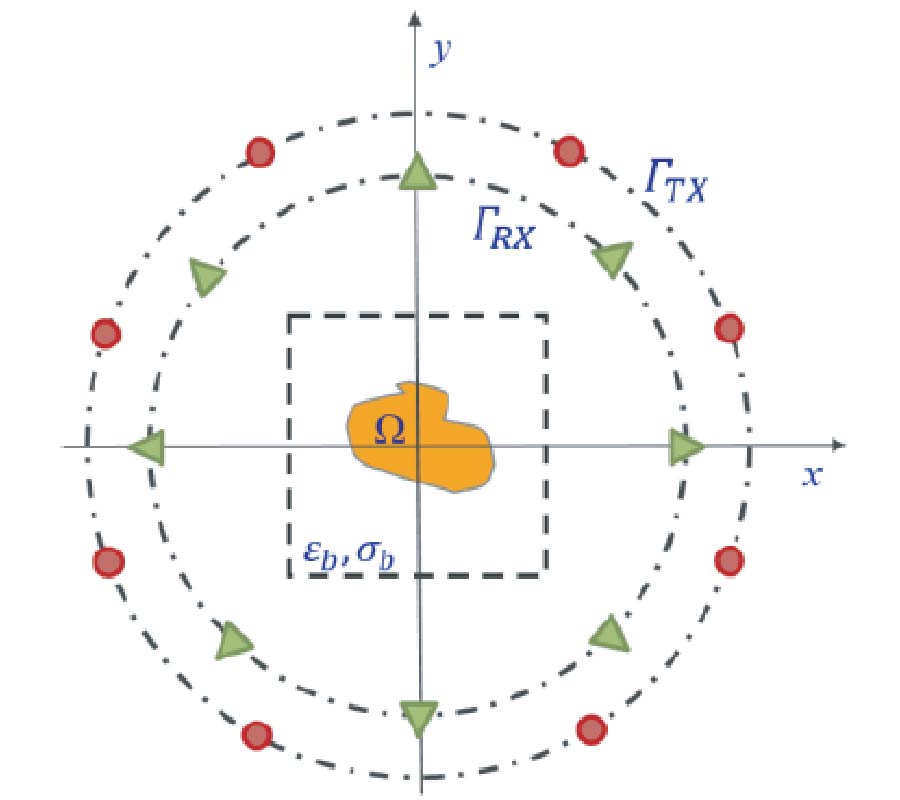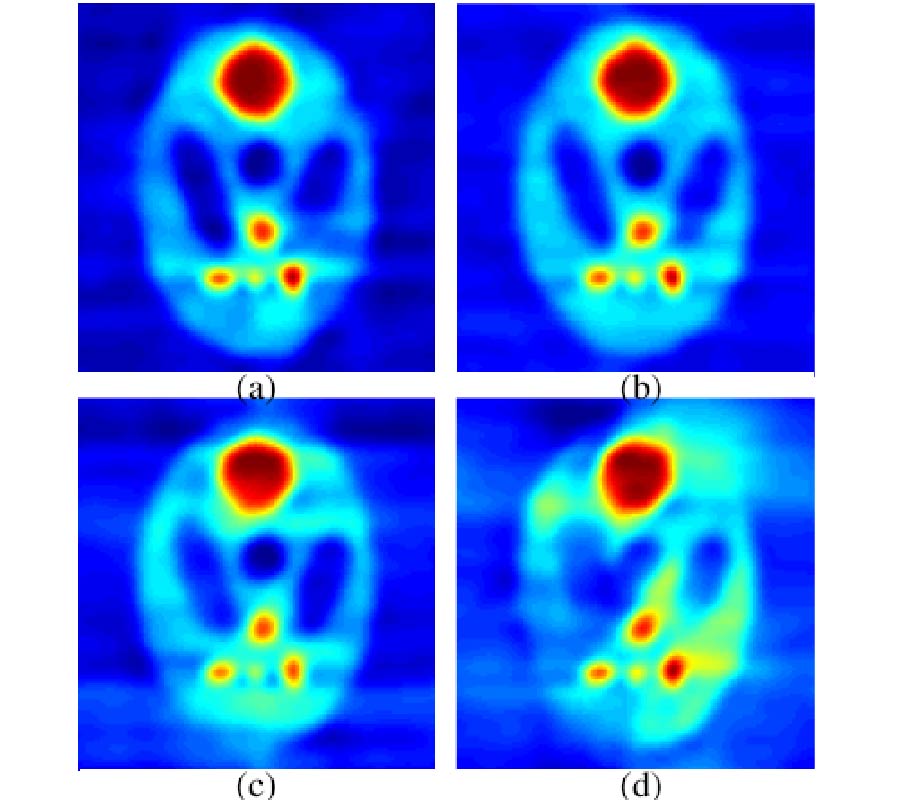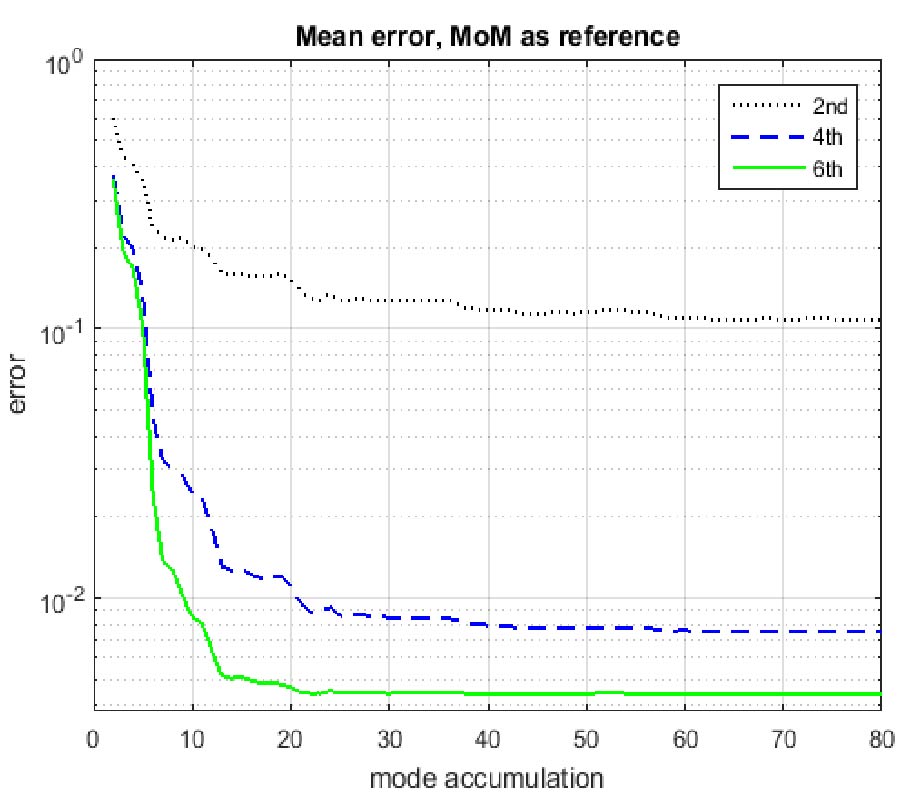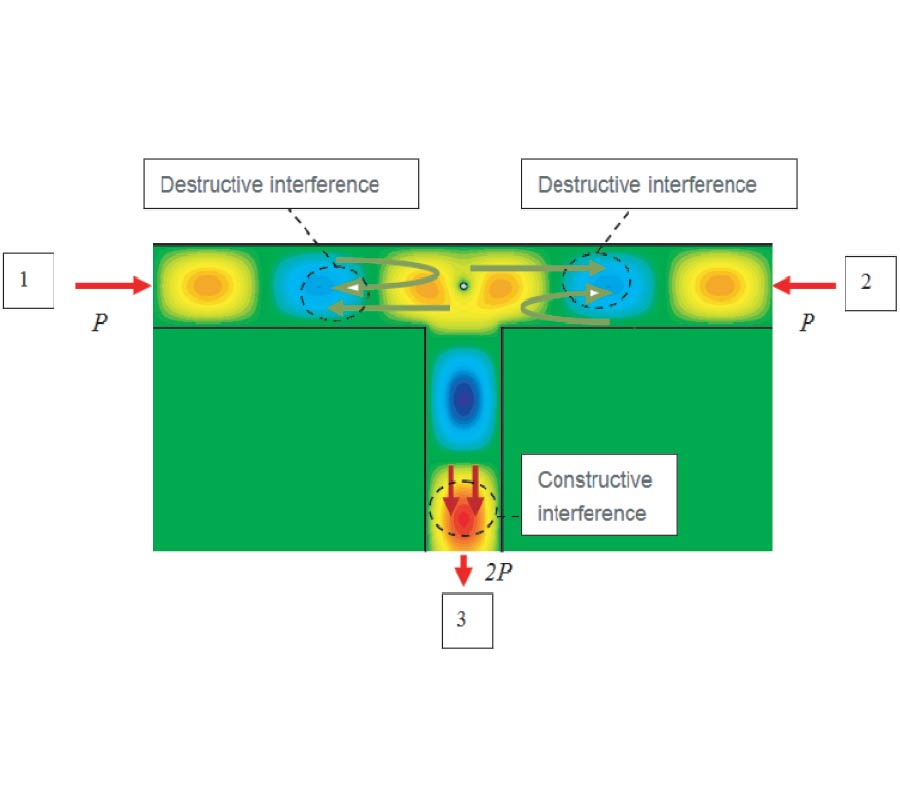Millimeter Wave Cavity Backed Microstrip Antenna Array for 79 GHz Radar Applications
Mohammad Mosalanejad,
Steven Brebels,
Charlotte Soens,
Ilja Ocket and
Guy Vandenbosch
In this paper, a 79 GHz microstrip antenna subarray, optimized for operation in a Phase Modulated Continuous Wave (PMCW) MIMO radar demonstrator is presented. The antenna combines all necessary features for this very specific type of applications. First of all, the spillover between transmit and receive channels in such a system is reduced by the combined effect of a microvia cage and the arraying of two elements. Second, it shows a wide band of 13.5%. Third, a wide beam in the E-plane (136 degrees), necessary for scanning, and a much smaller beamwidth in H-plane (36 degrees), advantageous to reduce mutual coupling, are realized. Finally, it has been fabricated with the advanced so-called ``Any-Layer'' technology. This technology is as accurate as other advanced technologies in the millimeter wave bands, but at a much lower cost, and thus very suited for mass production. The gain and radiation efficiency were simulated to be 7.27 dBi and 83%, respectively.
